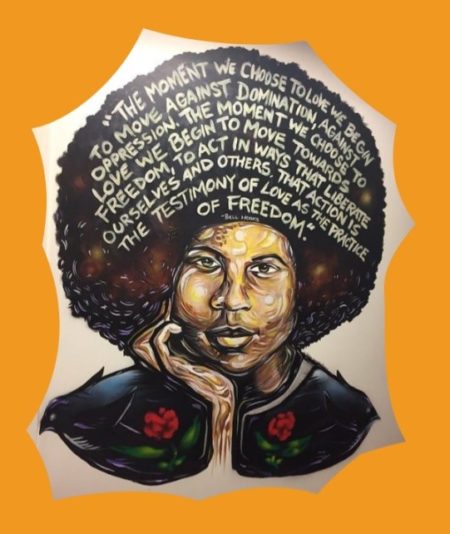
Preventing domestic and sexual violence starts with understanding both the roots of harm and the tools for change. Our movement has evolved from responding to violence after it happens to focusing on how to stop it before it begins. By combining public health approaches with a strong social justice framework, one grounded in equality, inclusion, and community wisdom, we can create prevention strategies that are both effective and meaningful. This page offers some of the core concepts and tools to help advocates and allies strengthen their prevention work.
Getting Started: What Is Prevention?
New to prevention work or looking to strengthen your foundation? These resources offer a great place to start. They cover key concepts, tools, and approaches to help you plan, build, and sustain effective efforts to prevent domestic and sexual violence.
What Isn’t Prevention?
A great question to keep in mind with any activity or project is: “To what end?” What’s the ultimate goal? If the end result is that domestic and sexual violence don’t happen — then ding, ding, that’s prevention!
If the end result is something else, like helping more people learn about available services or encouraging survivors to reach out for support, that’s still valuable work, but it’s not prevention. Knowing the difference isn’t about ranking one kind of work above another. It’s about being intentional with your limited time, energy, and prevention resources.
Our Prevention: You Can Do It! cheat sheet can help make sense of this sometimes tricky distinction. It walks through the question, “Is this prevention or community education?” and offers simple guiding principles to help you make the most of your efforts to stop violence before it starts.
Prevention Methodology
The CDC’s social-ecological model helps us look at violence prevention through a wider lens. It reminds us that violence doesn’t happen in a vacuum—it’s shaped by many layers of our lives: individual experiences, relationships, communities, and society as a whole. These layers overlap and influence one another, helping us see both the risks that can lead to violence and the strengths that can protect people from it.
The model also highlights that real prevention takes action on all of these levels at once. When we work to create change in people’s lives, relationships, communities, and systems, our efforts are more likely to last and make a meaningful difference for everyone.

9 Principles of Effective Prevention
Violence prevention can take many forms. The CDC has identified 9 Principles of Effective Prevention, concepts borrowed from other prevention efforts like substance abuse and school drop-out rates, which have been consistently associated with shifting people’s behavior over time. This framework is widely utilized in the field of domestic and sexual violence prevention to create and evaluate effective prevention programs.
Comprehensive:
Strong prevention work uses a mix of strategies, reaches across settings, and goes beyond awareness-raising. It’s part of a bigger picture—a comprehensive response to violence. Models like the Social-Ecological Model and the Spectrum of Prevention can help guide this approach.
Varied Teaching Methods:
Prevention efforts should be interactive and skill-building, not just lecture or information-based. People learn best when they can engage, practice, and connect ideas to real life.
Sufficient Dosage:
Change takes time and repetition. Prevention programs should include enough sessions, and happen over a long enough period, to truly shape knowledge, attitudes, and behaviors.
Theory Driven:
Effective prevention is grounded in evidence or clear logic. Strategies should be based on research or a well-reasoned understanding of what leads to and prevents violence.
Positive Relationships:
Programs work best when they build strong, positive connections between youth and adults. Participants engage more when the material feels personally relevant and they have space to discuss and reflect together.
Appropriately Timed:
Prevention activities should meet people where they are—at a time in their development when the message can have the biggest impact.
Socioculturally Relevant:
Prevention only works when it fits the culture and context of the community. Programs should reflect local values, experiences, and realities to make change meaningful and lasting.
Well-Trained Staff:
Programs need facilitators who are compassionate, skilled, and well-supported. Ongoing training and supervision help staff create safe, effective spaces for learning.
Outcome Evaluation:
To know if prevention is working, we have to measure it. Evaluating outcomes helps identify what’s effective, what’s not, and how to keep improving.
Take Action
Times have changed, and we are all aware of domestic and sexual violence. Now we are ready to taker action! Use campaigns like Domestic Violence Awareness Month, Teen Dating Violence Awareness Month, and Sexual Assault Awareness Month to shift the conversation from awareness to taking action in your community.
Stay Connected
Reach out to us for support – we are here for you! Follow us on Instagram and Facebook to stay connected, and join us at our annual conference or our prevention-focused Refuse To Abuse® Game Day!
You can also follow these rad orgs for ideas and inspiration to reimagine a world free of violence!
Domestic and sexual violence are 100% preventable!